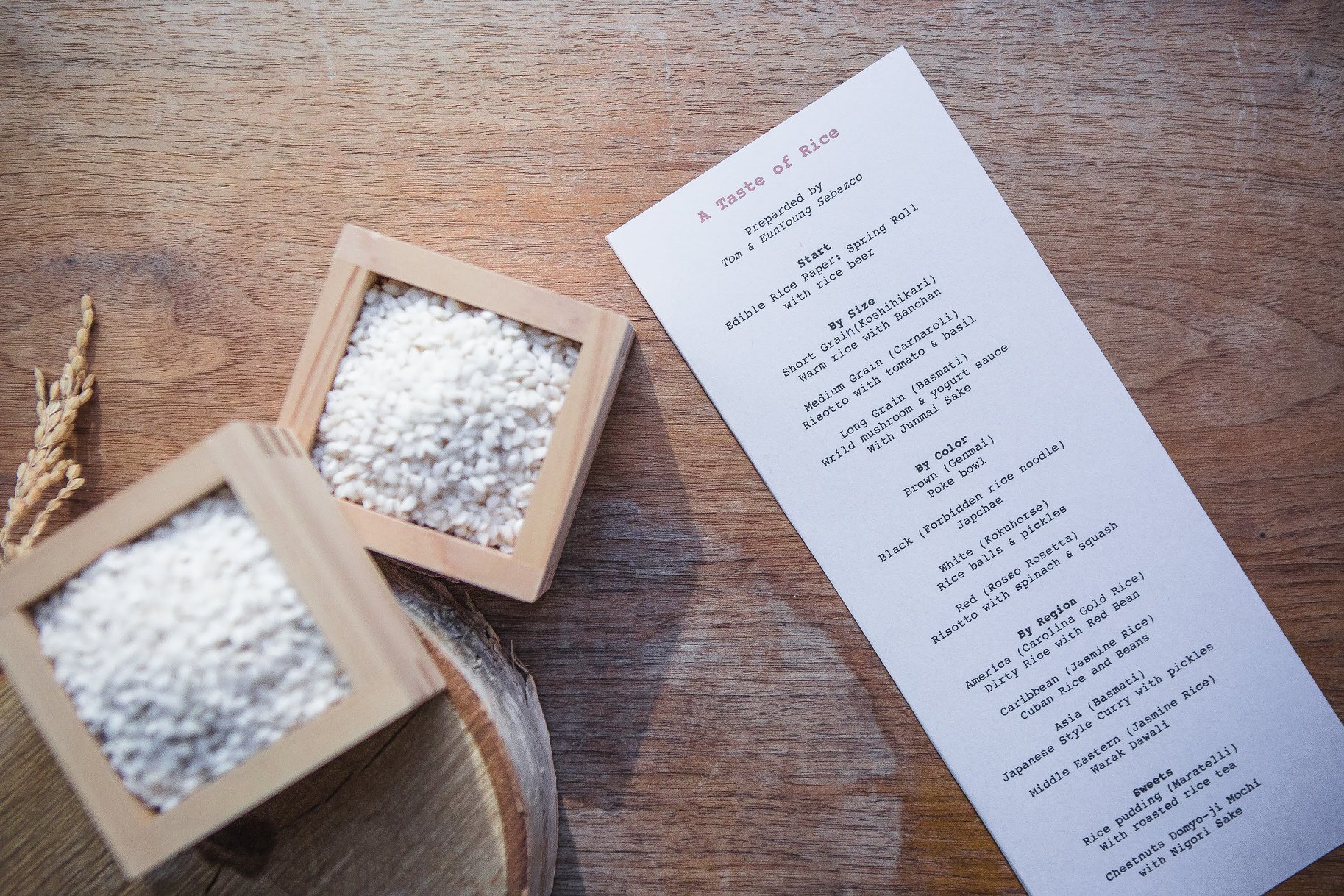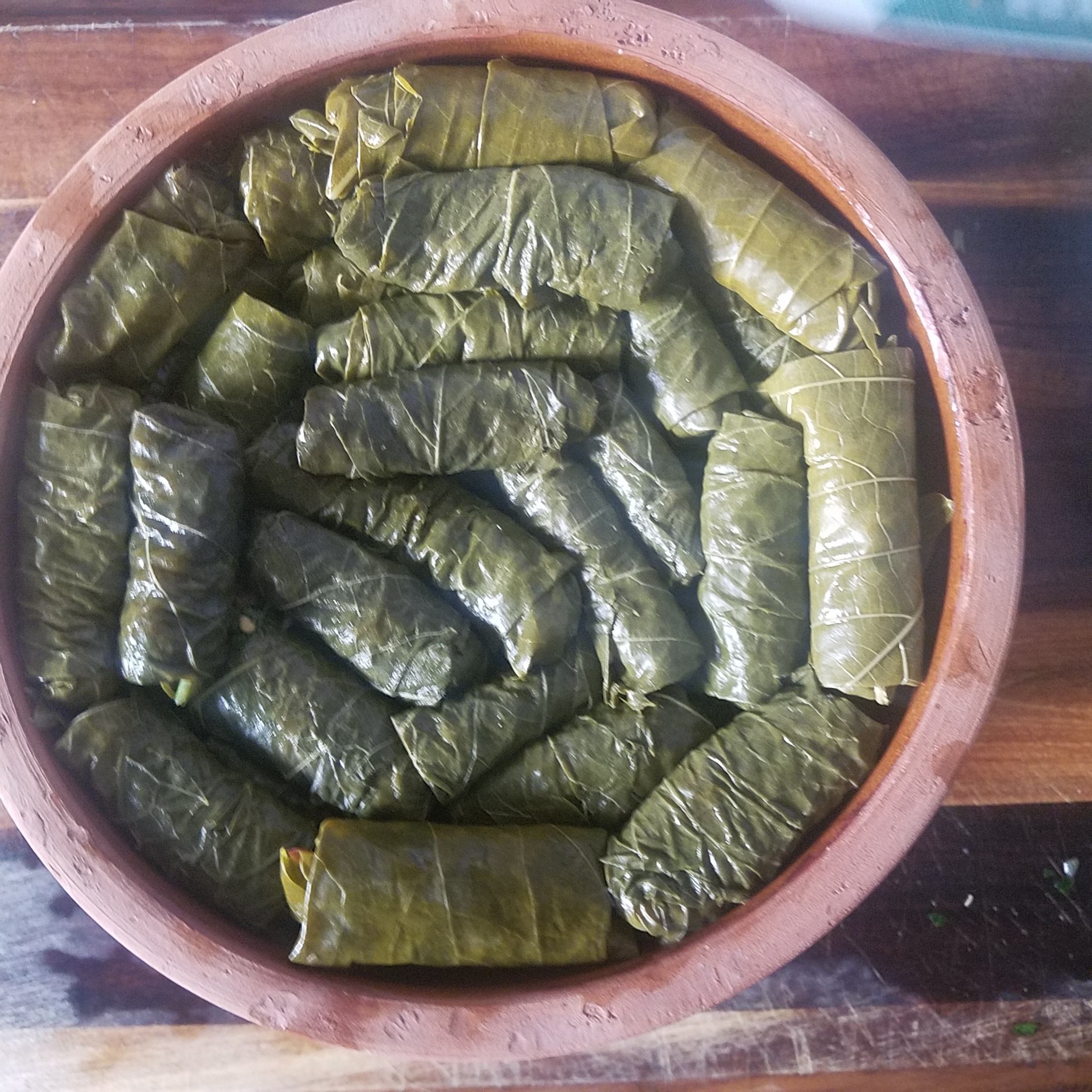Upland paddy rice vs Wet paddy rice
/Rice BlueBonnet Oryza sativa
This is a traditional rice grown by native Mayan people who called it "Blue Bonnet." Collected by Mennonite farmers who have a community near Belmopan, it was given to them by their Mayan neighbors in the town of Armenia, Belize. It is an upland rice variety and does not need to be flooded. It can be grown in regular garden soil. The rice should be planted in a bed after last frost in rich soil, 5 to 6 inches apart both ways. If planted in rows, the rice should be 2 to 3 inches apart with 1 to 2 feet between plants. It is important to keep the weeds down and keep the soil moist.
Koshihikari Oryza sativa japonica
This is a premium Japanese short grain rice that is distinguished by its aroma, sweet flavor and texture. It is an early maturing semi-dwarf variety that has been grown successfully in the United States since 1991. Dried stalks are beautiful displayed in flower arrangements. Leaves and hulls are rough. It is a warm season annual that can be planted in late spring to early summer and grown in a flooded paddy. Maturity: Approx. 160 days.












